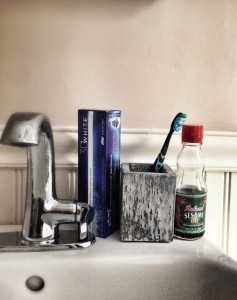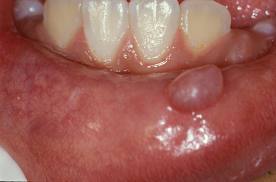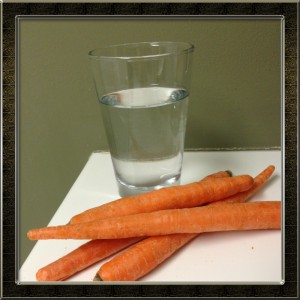Oil pulling has been at the forefront of health and wellness news lately, it seems like everyone is talking about it, everyone is doing it, and everyone is claiming all sorts of health benefits from preventing heart disease, to correcting hormone imbalances, to preventing migraines, to curing a hangover. If that’s all true, great, sign me up! But are these claims all true and it is healthy for everyone?
What is Oil Pulling?
Oil pulling is a practice that is around 3,000-5,000 years old, started in India (an Ayurveda traditional medicine practice), that has most recently gained the attention of some celebrities, so to some it seems like a rather new phenomenon. It is based on the idea of a daily health routine that aids in cleansing the body. Oil pulling should be performed after brushing and flossing your teeth, to remove the larger debris and loose plaques, so the oil can be used in a clean oral environment. Most often using sesame oil, as it has antimicrobial properties (meaning: it can kill off some harmful bacteria), you can use one of two two techniques to oil pull:
1. Fill your mouth with oil and just keep it in your mouth for up to 5 minutes then spit it out.
2. Put roughly 30ml of oil in your mouth and swish and gargle (as you would a mouth wash) and spit out.
What does it do?
Since the oil has an antimicrobial properties, by letting it (either actively- swishing- or passively) get between your teeth and into your gums, it helps to decrease the bacteria content in your mouth and saliva (which has been shown in a couple of very small studies), which would lead to less plaque formation and your teeth and gums and prevent bad breath (bacteria is most often the culprit for bad breath). Decreasing bacteria leads to less inflammation in your mouth, and theoretically, this would lead to less cavities, and improve gum health (think less bleeding gums and possibly decrease risk of gingivitis). It can also help with prevention of canker sores, or any other small oral ulceration due to bacteria. Mostly, this occurs because oil is lipid (fat) based, and will leave a slight coating on your teeth and gums which helps prevent bacteria from sticking there, along with the antimicrobial properties.
Does it work?
This obviously has been a part of Eastern Medicine for a long time, and there are some benefits of decreasing bacteria in your mouth such as decreased inflammation and bacteria counts, along with improved breath,which has been shown in small studies of oil pulling. That being said, using a chlorhexidine based mouthwash can also give the same benefits (think GlyOxide).
There have been numerous other claims that it is a full body cleanse and draws all toxins out of your entire body, which various people have claim leads to migraine prevention, hormone imbalance correction, improve kidney function and vision, prevent insomnia…and the list goes on. These things, have not been shown to be due to oil pulling, and the claims are pretty far fetched. However, I am sure that some people really believe this, and the mind is a very powerful thing, so if you oil pull and feel better from whatever ailments you have, great.
There are no negative side effects from oil pulling, besides having to swish with oil (which doesn’t taste great) daily, so if you are interested in giving it a try, go for it! You will most likely improve your oral health, but as for everything else…there is nothing to prove those benefits will occur, so don’t be disappointed if your life doesn’t change completely!
Yours in Good Health
B


